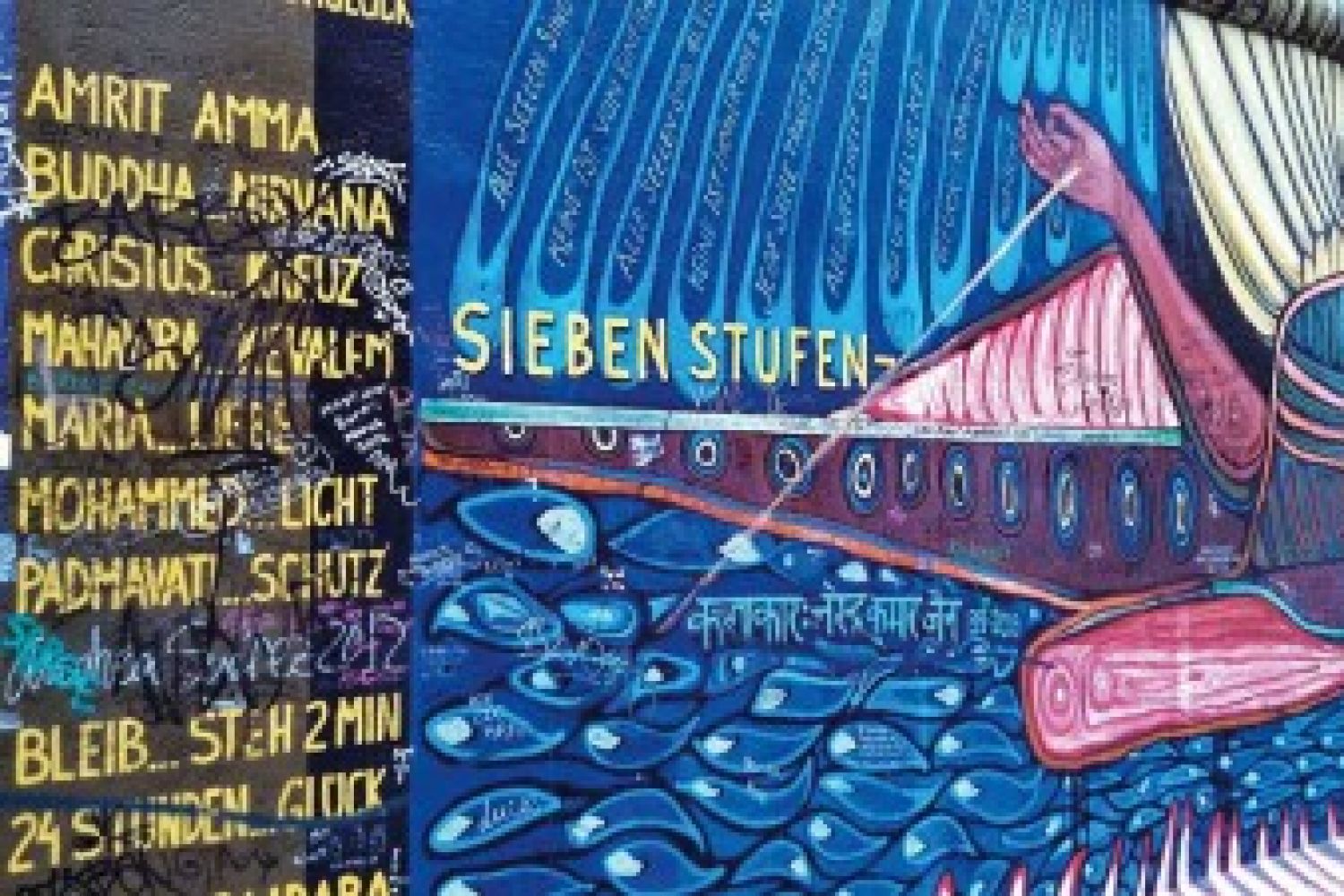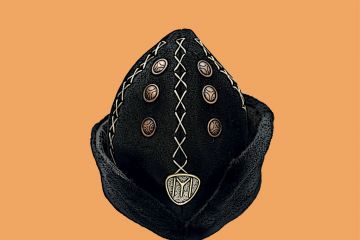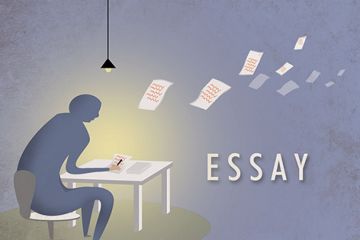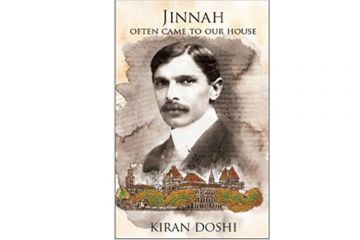
Crossing the street in
Berlin is trickier than it looks. “Walk” is denoted by a behatted green man
mid-stride, but just as I make it halfway across, he goes black and a red man
stops me. Like the green man, he is wearing a hat too, but he faces me head on,
outstretched hands imploring you to freeze. These are the “ampel men”, remnants
of East Germany that have been adopted—lovingly—into contemporary German
culture. The Ampelmännchen, which translates literally in German to





